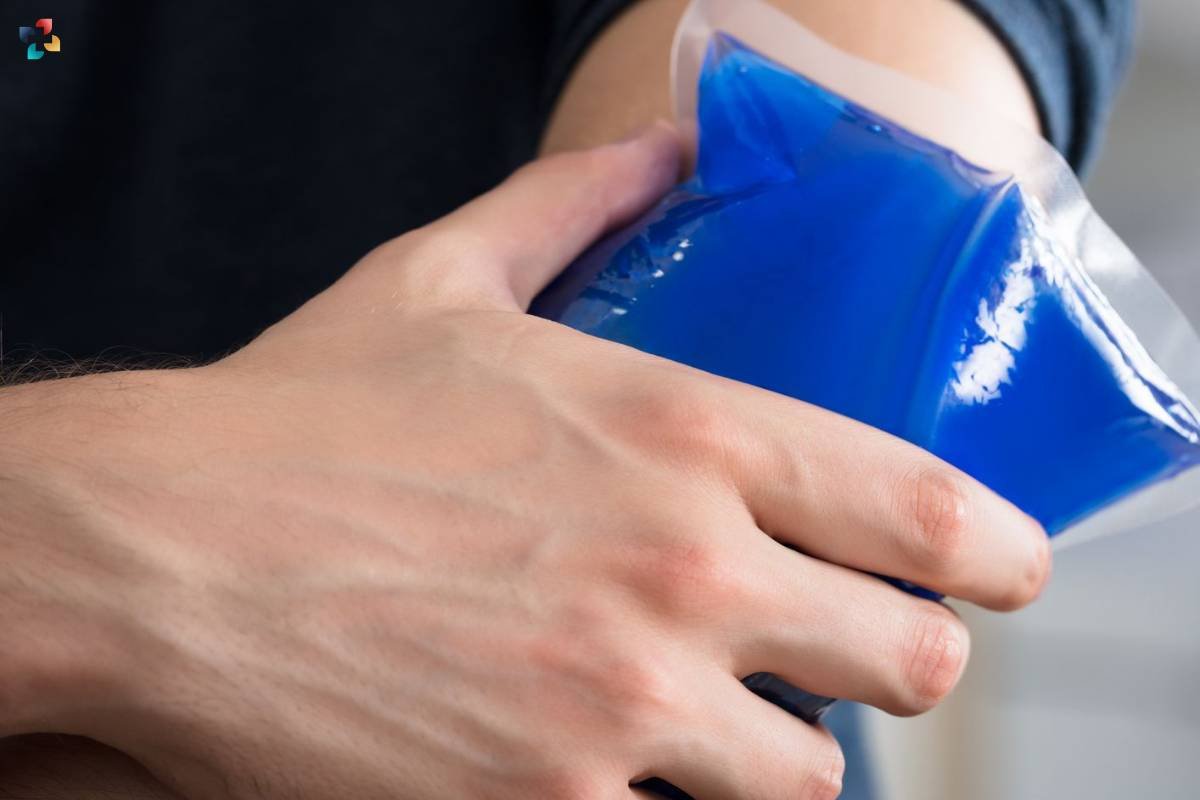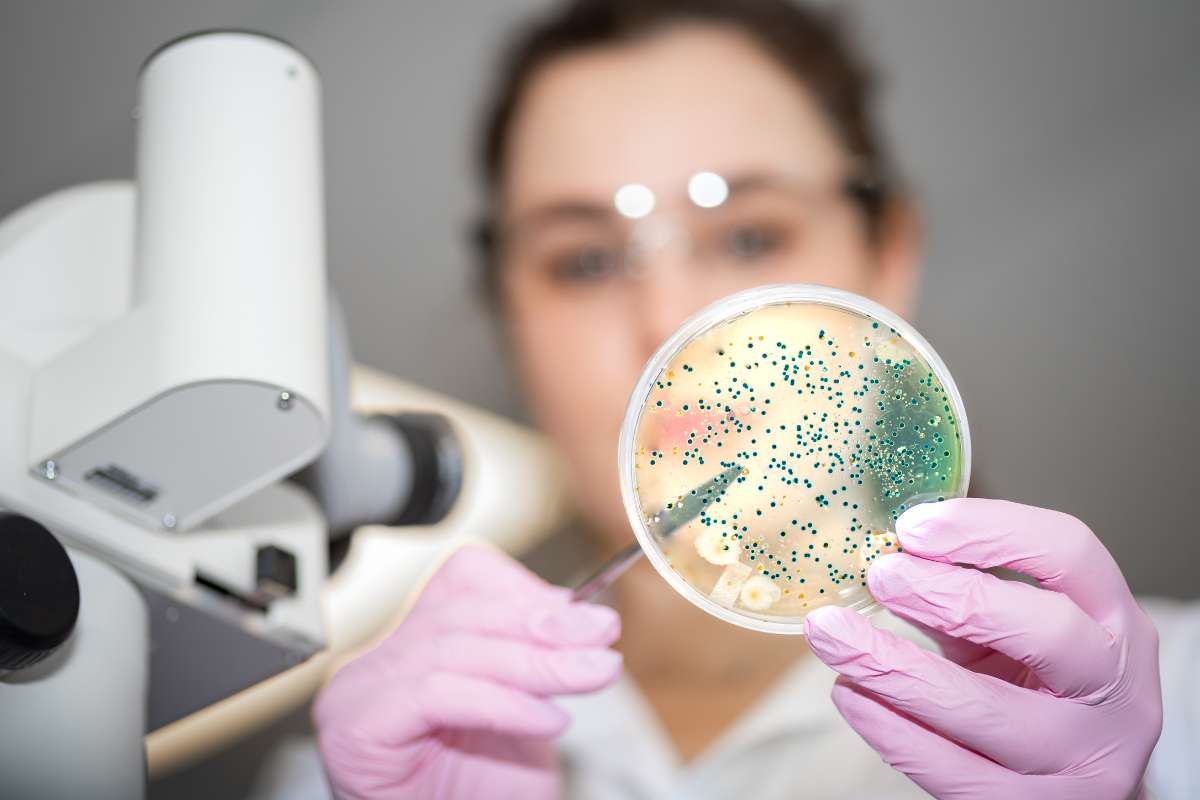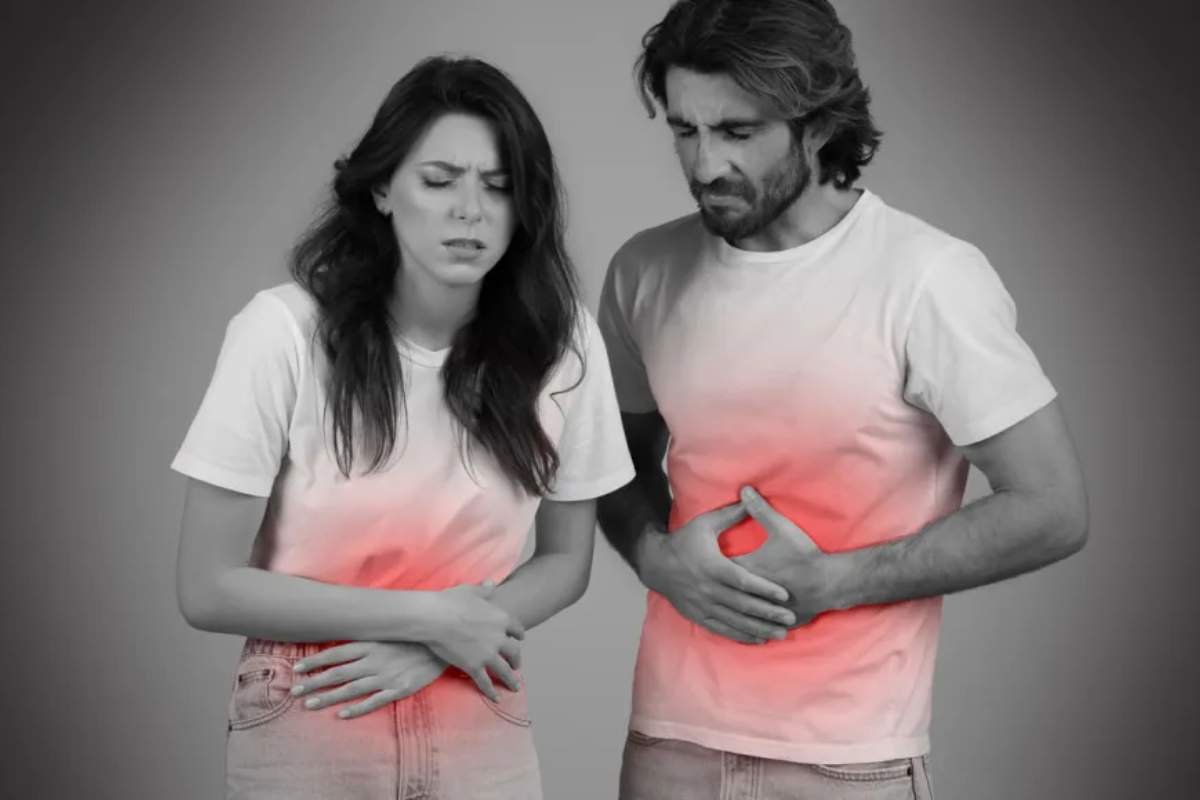Being vaccinated against the flu is a crucial action you can take to prevent not just yourself but also others around you from becoming ill. Nevertheless, some individuals may suffer discomfort in their arms after having the flu vaccination. This might be due to the injection. Have various ways to avoid a sore arm after a flu shot. Although this is a very typical adverse reaction, it may still be rather unpleasant and may discourage individuals from being vaccinated in the future.
The good news is that there are a few different things you may do to lessen the likelihood of having arm pain after being vaccinated against the flu. In this piece, we will go through the six most effective strategies to avoid a sore arm after a flu shot.
Here are 6 Ways to Avoid a Sore Arm After a Flu Shot:
1. Employ a Correct Injection Technique
Incorrect injection technique is one of the primary contributors to the discomfort that some individuals report feeling in their arms after being vaccinated against the flu. While administering the vaccination, medical professionals need to make sure they follow the precise procedure in order to guarantee that the needle is properly placed into the muscle. This lowers the possibility of damaging a nerve or blood vessel, and it also lessens the likelihood of causing discomfort to the patient. If you want to avoid a sore arm after a flu shot then care about amply the correct injection technique.

Make sure that the needle and syringe that the healthcare practitioner is using are brand new and sterile. This will help guarantee that the vaccination is given in the correct manner. It is recommended that the injection be administered into the deltoid muscle, which may be found in the upper arm, at an angle of ninety degrees. After administering the injection, the medical professional should apply pressure to the area that was punctured in order to decrease the resulting swelling and discomfort.
2. Relax Your Arm During the Injection
Relaxing your arm while getting an injection is another strategy to prevent arm pain after being vaccinated against the flu. Your arm may become more sensitive at the injection site if you tense it up, which may increase the likelihood that you may experience discomfort.
Before getting an injection in your arm, you should make sure that you are in a comfortable posture and that you are taking deep breaths. Relaxing your arm is the best way to avoid a sore arm after a flu shot. This will help you relax your arm. You may attempt to distract yourself by chatting to the healthcare provider or looking away while the injection is being given.
Another option is to move about while the injection is being given. After receiving the injection, refrain from engaging in any intense activity or carrying heavy objects with the arm that was just given the shot for at least 24 hours. This will assist in preventing additional discomfort and will decrease the likelihood of pain.
3. Apply a Cold Compress to the Injection Site
Applying a cold compress to the area around the injection site is another helpful method for lowering the likelihood of experiencing arm pain after flu vaccination. This may assist in reducing swelling and inflammation, both of which may lead to a painful condition. You may construct a cold compress using either a reusable gel pack or a bag of ice that has been wrapped in a towel. Both options are great. After receiving an injection, you should apply the compress to the location of the injection for intervals of 15 to 20 minutes at a time, many times a day for the first 48 hours.

To avoid a sore arm after a flu shot just apply a cold compress to the injection site. It is essential to keep in mind that you should never put a cold compress directly on your skin since doing so might result in frostbite. Before ever placing the compress directly on the skin, you should first wrap it in a towel or another piece of material.
4. Massage the Injection Site
After getting a flu vaccine, massaging the area where the needle was inserted might also help lessen any discomfort. By increasing blood flow to the region and reducing inflammation, which may assist decrease pain, a gentle massage can be beneficial. But, in order to prevent the region from being irritated anymore, you should refrain from rubbing it for at least twenty-four hours following the injection.
While massaging the area around the injection site, use your fingers to make light, circular strokes. It is important not to apply excessive pressure since doing so may result in increased discomfort. A warm compress applied to the region before receiving a massage may also help relax the muscles and prepare them for the massage. This is the best way to avoid a sore arm after a flu shot.
5. Take Over-the-Counter Pain Relievers
Using over-the-counter pain medicines will help lessen any discomfort you may have after being vaccinated against the flu, especially if you suffer soreness. NSAIDs, often known as nonsteroidal anti-inflammatory medicines (ibuprofen and naproxen are examples), are a kind of medication that may help decrease inflammation and provide pain relief. Acetaminophen is another pain reliever that works well, although it does not have any anti-inflammatory characteristics.

It is essential to ensure that the maximum daily dose is not exceeded and that the prescribed dosage recommendations on the label are adhered to at all times. An overdose of pain medicine may produce serious adverse effects, including damage to the liver and ulcers in the stomach. Talk to your healthcare practitioner or pharmacist if you are unsure which pain medication to take or if you have any questions about how to take it.
6. Stay Hydrated and Get Enough Rest
After having a flu vaccination, it is important to drink enough water and get plenty of rest in order to lessen the likelihood of suffering soreness in the arm. Consuming a large number of fluids will assist the body in flushing out any toxins or inflammation that may be present, which can help to alleviate any associated pain. Getting an adequate amount of sleep may also assist the body in recovering and reducing inflammation.
Be careful to stay hydrated during the day by drinking water or other fluids, and get a sufficient amount of sleep each night to avoid a sore arm after a flu shot. After obtaining a flu vaccination, you should make sure to get plenty of rest and take it easy if you notice any signs of lethargy or exhaustion.
BOTTOM LINE
Being vaccinated against the flu is a crucial action you can take to prevent not just yourself but also others around you from becoming ill. There is a possibility that some individuals may have arm pain after getting a flu vaccination; however, there are a number of effective techniques to lessen the likelihood of experiencing this adverse reaction.
These are the most effective ways to avoid a sore arm after a flu shot. You can lessen the likelihood of experiencing soreness in your arm after getting the flu shot by using the correct injection technique, keeping your arm relaxed while it is being injected, applying a cold compress to the area around the injection site, massaging the area around the injection site, taking over-the-counter pain relievers, remaining hydrated, and getting sufficient rest.
Talk to your healthcare practitioner if you continue to feel discomfort that is moderate to severe or if you suffer any other adverse effects after being vaccinated against the flu. I hope this article ‘6 Ways to Avoid a Sore Arm After a Flu Shot’ helps you a lot.
Also Read: 12 Side Effects of Flu Shots You Should Know











